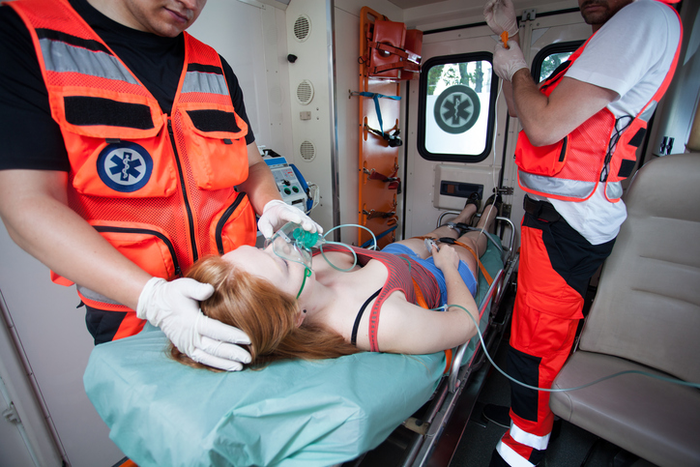
As good stewards of our EMS equipment, we should all be concerned with the life of our gear. Limited budgets mean we must make our equipment last, and when it comes to your portable suction unit, you can take a few simple steps to extend the aspirator's life. We break down these measures into three phases: before, during, and after the call.
1. Before the Call
We all know how important equipment readiness is in EMS. Our patients’ lives depend on our readiness to treat, and we can’t provide treatment without the proper equipment. So here are a few reminders when it comes to your portable aspirator:
- Ensure the batteries are charged and replace them as necessary.
- Testing your unit should be part of your daily checkout.
- Make sure your unit is always clean to prevent the spread of pathogens.
- Examine batteries on a regular basis for leaks or corrosion.
- Keep replacement batteries on hand, as well as backup suction units.
2. During the Call
During an emergency response, the last thing you need to worry about is the readiness of your suction unit. That’s why your daily checkout is so critical. But you can also do a few things on scene to extend the life of your aspirator.
- Keep it safe—if you lack the manpower to carry extra equipment, perhaps you need a smaller unit you can tuck within an airway bag.
- Secure the unit to avoid damage during emergency response.
- Preserve your batteries; when not in use, turn it off.
- Protection from weather: Take precautions against weather extremes and choose units durable enough for emergency scenes.
3. After the Call
Once the emergency is over and your patient safely transported, it’s time to return your equipment to service. Here are a few simple steps to ready your portable aspirator:
- Sanitize after each use.
- Discard ALL disposable parts, including the canister, patient tubing, and catheters.
- Follow appropriate guidelines for disposing biohazardous materials.
- Clean your suction unit using a mild detergent or a mixture of bleach and water (1 part bleach/10 parts water) and rinse thoroughly.
- Follow the instruction manual when it comes to disinfecting the mechanics of the unit—do not submerge your suction unit.
- NEVER reuse any disposable parts.
- Always wear personal protective equipment when handling contaminated equipment, including gloves, face and eye protection, and protective clothing.
You can do a lot to extend the life of your portable aspirator, and much of it involves common sense. So, protect your equipment before, during, and after each call to ensure its long life.















